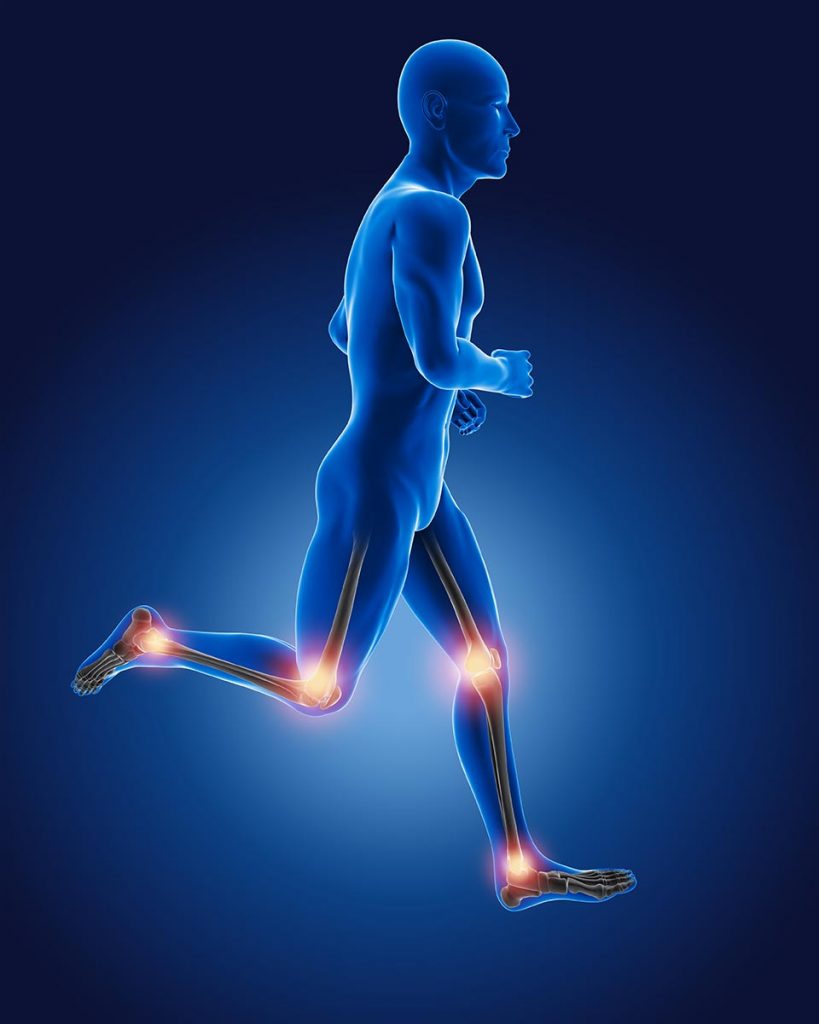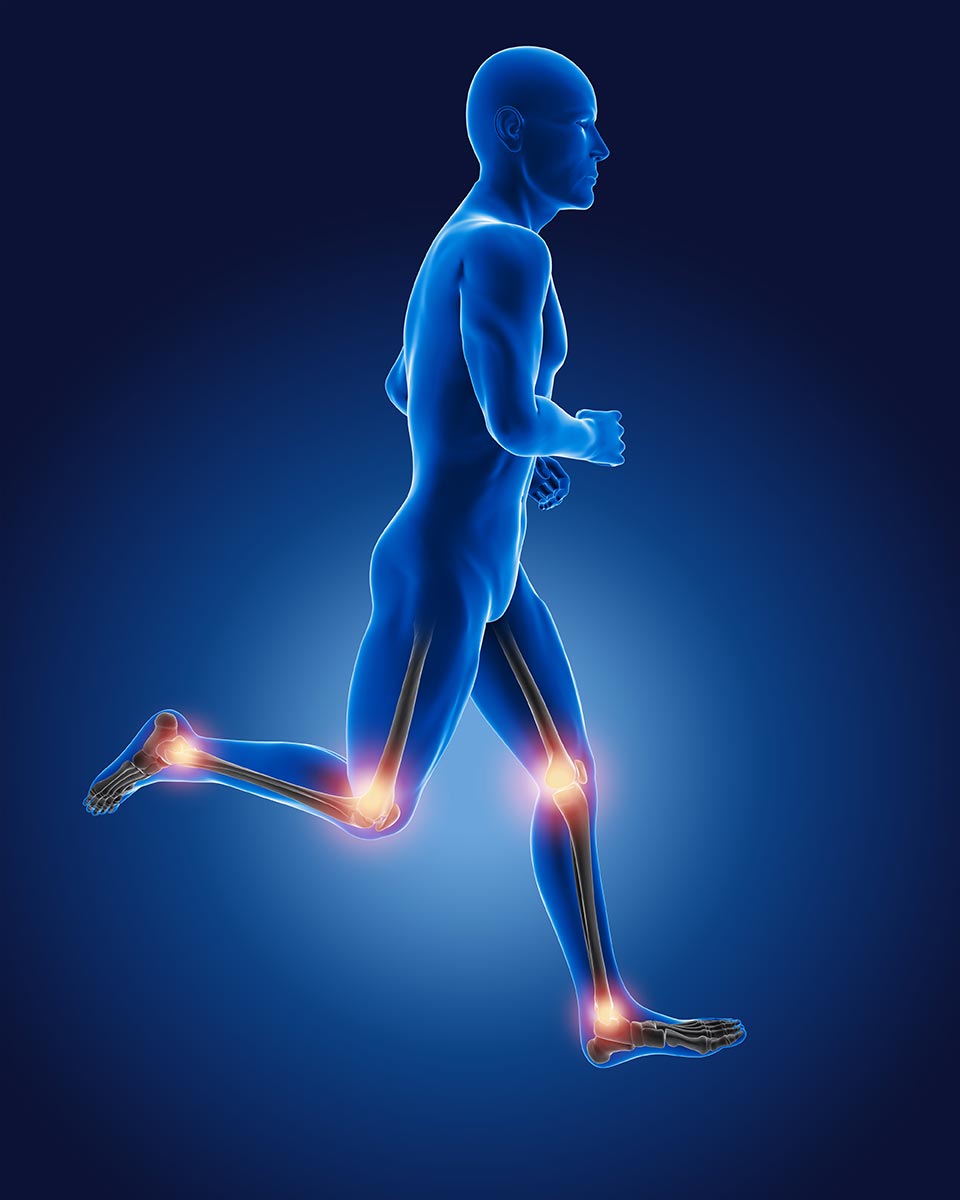Bursitis
![]()
Call (703) 520-1031 or use the form to send us your contacts.

What is Bursitis?
Bursae – are small saclike parts of your musculoskeletal system. They look like a fluid-filled sacs or cavities, which decrease friction between your ligaments and tendons and prevent their injury. Consequently, the term “Bursitis” means an inflammation of a bursa. As bursae are located throughout your body, you can have bursitis in various body parts. However, the most common place for bursitis is overlying the greater trochanter – a bony protrusion on the outside of your femur.
What are the Symptoms of Bursitis?
The manifestation of bursitis is commonly described as sharp, gnawing and burning. Often, bursitis results from constantly repetitive movements, and therefore, you may feel pain when you perform that movement. In severe cases, even gentle pushing or pressure on the affected area may provoke significant pain. The everyday activities such as walking, running, or climbing stairs can also be painful. However, symptoms of bursitis are mainly dependent on the locus of an inflamed bursa.
Causes
As mentioned, an inflammation of the bursa usually occurs with repetitive movement. It can be some work or professional activities, as well as improper gait or cane use. You should keep in mind that bursitis may also develop as a sign of chronic systemic diseases such as rheumatoid arthritis or gout. Therefore, consultation with your physician is essential.
Treatment
Before starting the treatment of bursitis, you should consult with your pain physician. After examination and confirmation of diagnosis, your treatment plan may include some lifestyle modifications with the elimination of movements that provoke pain – for example, changes in your gait or rest from your work. In addition, applications of ice, physical therapy, and non-steroidal anti-inflammatory drugs can be helpful. If your symptoms are not reduced with above-mentioned treatment options, your physician may discuss with you injection therapy. This procedure consists of injecting local anesthetic and steroids directly into the bursa, and in most cases, it achieves a significant reduction of pain.
